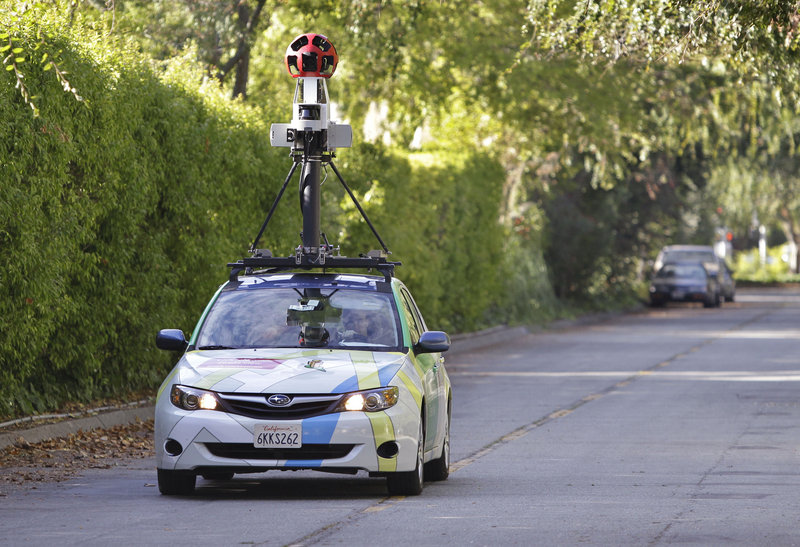SAN JOSE, Calif. — Google Inc. this week launched its largest-ever collection of Street View images taken by a humble but versatile vehicle – the tricycle – as the Internet giant greatly expands the reach of the popular but controversial program beyond public streets into hiking trails, amusement parks, historical landmarks, parks and gardens.
Google’s Street View service has mostly been limited to places where cars mounted with cameras can drive. But now, Street View increasingly will include images of public and private sites ranging from California hiking trails to Florida’s Sea World Orlando to London’s Kew Gardens.
To extend Street View to places beyond the reach of its ubiquitous Toyota Prius fleet, Google is using ungainly, 250-pound, 9-foot-long, human-powered trikes with a 7-foot stalk of cameras on the back. The trikes were the brainchild of Google engineer Daniel Ratner, who visited cobblestone alleys impassible to cars in Barcelona, Spain, and realized Google needed something to record universities, parks, trails and other places, many of them private, where cars can’t go.
“I feel like we’re just scratching the surface of what sorts of images our users want to see,” said Ratner, as he showed off one of the trikes that he helped develop at Google’s headquarters in Mountain View, Calif. “We don’t compare the trikes to the cars. We see them as being complementary vehicles.”
Google now has Street View imagery for almost every major metro area in the U.S., as well as in 27 other countries. The program does not earn Google revenue directly, but the company considers it a valuable component of Google Maps, which does have a large and growing advertising element, said Deanna Yick, a Google spokeswoman.
Street View, which launched in 2007, has caused some invasion-of-privacy concerns. One British village was so angry about Street View that residents blocked Google cars from cruising their town.
But Ratner said the reception was friendly as he pedaled the Street View trike in Southern California destinations such as Legoland and the Santa Monica Pier.
Google often hires soccer players and other athletes to pedal the heavy trikes, which have special gearing but are extremely heavy for a human-powered vehicle. The most common public reaction to the odd-looking trikes? “This is not tongue in cheek: They literally want to know whether we have ice cream,” Ratner said.
Send questions/comments to the editors.



Success. Please wait for the page to reload. If the page does not reload within 5 seconds, please refresh the page.
Enter your email and password to access comments.
Hi, to comment on stories you must . This profile is in addition to your subscription and website login.
Already have a commenting profile? .
Invalid username/password.
Please check your email to confirm and complete your registration.
Only subscribers are eligible to post comments. Please subscribe or login first for digital access. Here’s why.
Use the form below to reset your password. When you've submitted your account email, we will send an email with a reset code.